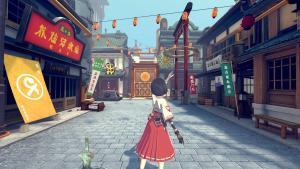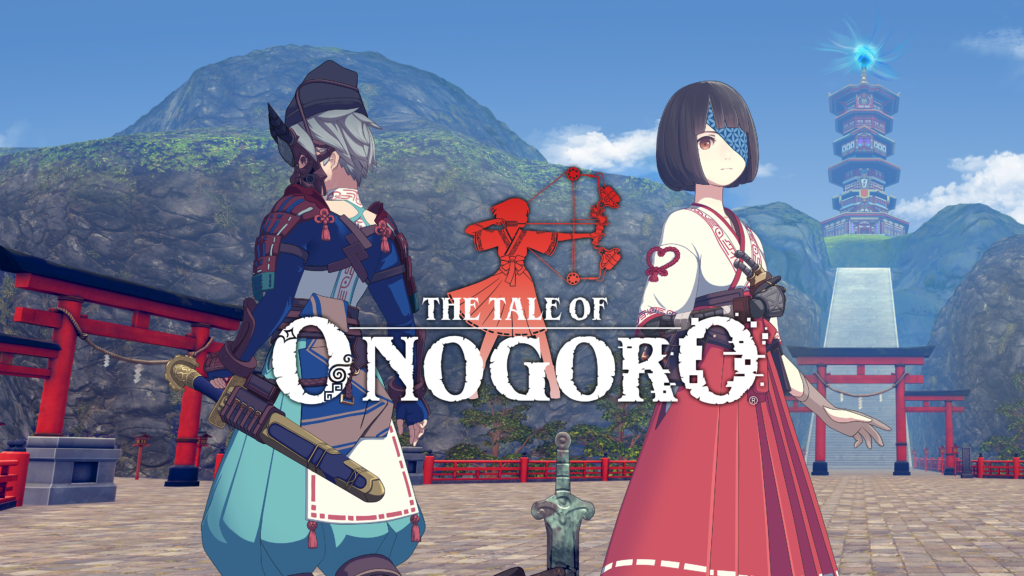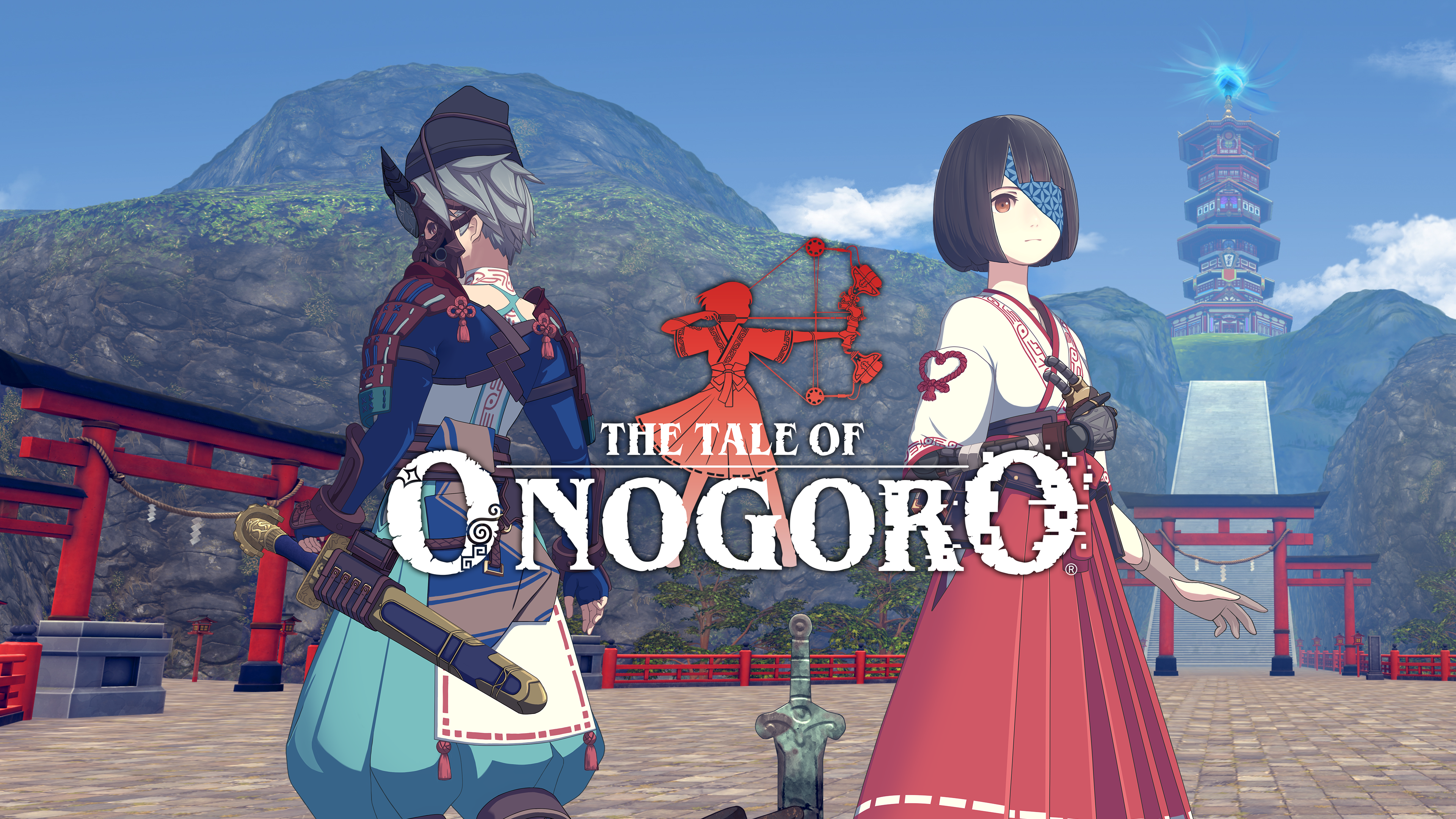One day, it is reported that five Incensed Kami have manifested on the sacred floating island, Onogoro Island. Haru, as the High Priestess of the Grand Holy Shrine: Daijingu is dispatched to the island to see to the matter. However, the man responsible for the appearance of the five Incensed Kami on the island, Masatake Arakida, attacks Haru and steals parts of her body.
He then chains her to a quelling stone and locks her away in a shrine. In a desperate attempt to summon reinforcements, Haru accidentally summons the Player to her world. The Player and Haru join forces to solve the mystery of the Divine Boundaries, quell the Kami, and put a halt to Masatake’s plans.
FIVARS had a chance to speak with director Hiroyo Matsuyama.
What lead to the creation of this piece?
 While those of us who created Last Labyrinth were discussing what to create next, we came up with this piece as a new challenge for us to overcome the challenges and limitations that we faced in the creation of our last piece.
While those of us who created Last Labyrinth were discussing what to create next, we came up with this piece as a new challenge for us to overcome the challenges and limitations that we faced in the creation of our last piece.
What was the production process for you and your team? What did you learn?
As a team, we built up the system, level design, and presentation of the game so that communication with Haru would serve as the foundation.
In the early stages, we placed a relatively high priority on building the game system, but during the production phase, I had the team focus on making it necessary to cooperate with Haru to solve puzzles, allowing the player to hold hands to recover and unlock barriers, having Haru provide hints when the player is having trouble solving a puzzle, and preventing the game from becoming too functional, which is an important point.

In terms of the presentation, since Haru is chained by the leg, it was essential for us to keep her in the field of view of the player, while also confirming that the player remains within the area that they are actually able to move. Not only did we take these measurements in the VR realm, we also frequently had the level designers place marks in meeting rooms so that they could walk around and confirm the range of movement. This is basically a theatrical stage production!
In addition, since we experienced the pandemic during development, it was also a challenge to maintain the ability of my team to carry out development effectively despite our switch from working in the studio to working remotely. I believe that everybody around the world struggled with similar challenges while developing titles during this time and I can empathize with the developers of many titles.

How did you become an immersive media content creator and why?
I have always liked media art, but an anecdote involving my own daughter was the decisive factor for me. My daughter is from a generation that has known smartphones since birth. Now that she is about to turn 6 years old, she understands the UX of physical buttons, but until she was about 3 years old, she would try to physically touch or rub pictures and buttons that she would find on the TV screen and in books to try to get things to move. After I saw her do this, I was sure that the world of AR and VR is more intuitive, and that we would move in that direction in the future.
What is the VR/AR industry like in your region?
Creators are gradually entering the world of VR in Japan in search of new expressions that follow as an extension of manga and animation. However, from a business perspective, the demand is in corporate training and simulators. I believe that its use in entertainment will also grow slowly over time, as the number of users increases. What may be unique in Japan compared to other countries is that AR content is frequently presented as part of live events, with a particular emphasis on virtual celebrities in recent years. I get the sense that most instances involve the smartphone in the user’s hands, with on-location setup at events being the norm.
What do you have planned for the future?
I have several ongoing VR projects. I would like to put out a spiritual successor to The Tale of Onogoro at some point, although it will not officially be DLC or a sequel.
What would you like to share with fellow content creators and/or the industry?
I believe that AR/VR development is akin to getting to know humans. I am very happy to be informed of examples of reactions that are beyond the scope of human expectation. An example of this would be people actually feeling short of breath when being hit in the stomach in VR.
Do you think VR festivals like FIVARS are important?
Yes. There are few opportunities for creators from the non-English speaking world to gain international recognition. This opportunity to be in the spotlight at a festival like this is a very valuable opportunity that we appreciate.
Anything else you’d like to add?
It is an honor to be a part of this awards ceremony. I would be delighted if as many of you as possible were able to learn about Haru and Onogoro Island.














